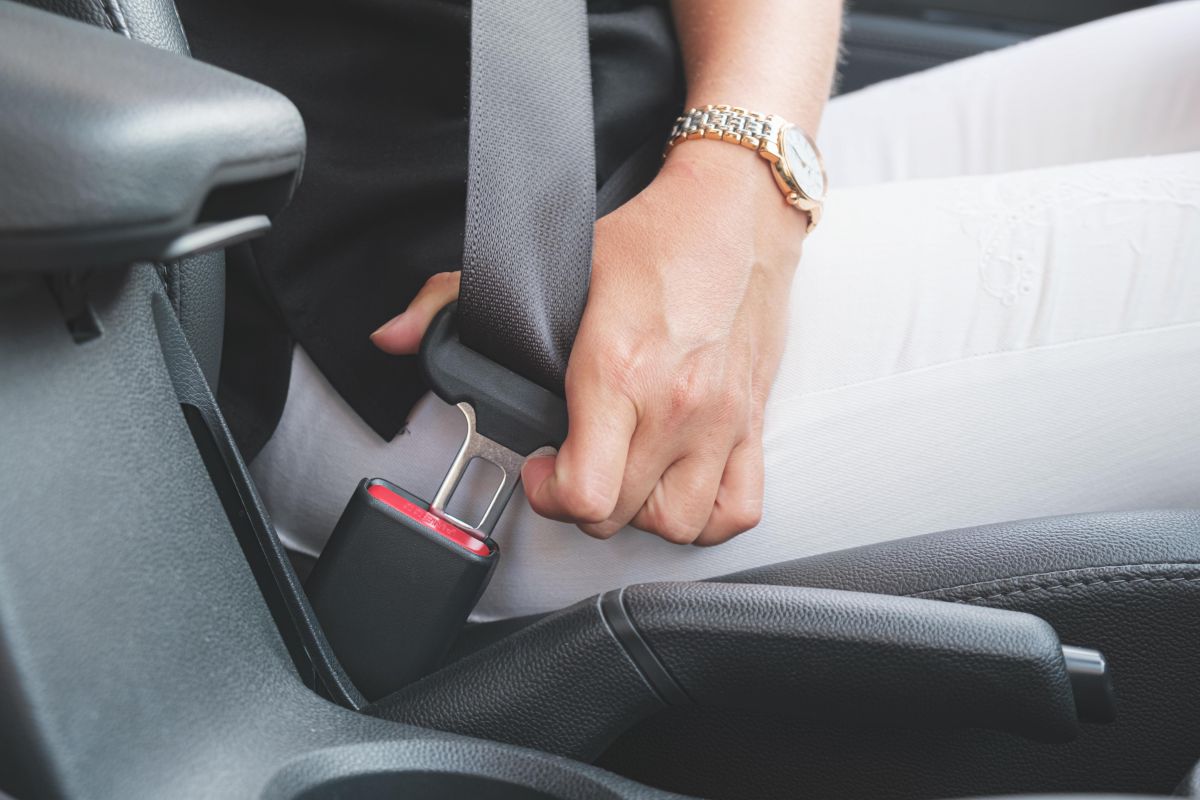Automakers have swiftly enhanced the effectiveness of seat belt reminders, resulting in a notable increase in the number of vehicles earning top safety ratings. The Insurance Institute for Highway Safety (IIHS) started evaluating these features in 2022, leading to substantial software updates across various models.
In the initial year of testing, a mere 17% of new models achieved a good rating, with 65% falling into marginal or poor categories. The latest figures tell a different story: 62% of 2024 models have so far been rated good, while only 24% have been found marginal or poor.
"Automakers can boost a vehicle’s performance in this test with just some small software changes,” explained IIHS President David Harkey. “These easy tweaks can have a big impact on safety.”
The list of vehicles that have seen improvement is extensive, including popular models like the Acura MDX, Ford Escape and Toyota RAV4.
Previously, eight models were rated poorly due to insufficient reminders, primarily offering only a brief alert for the driver's seat. Enhancements have since corrected these shortcomings, ensuring louder and longer-lasting reminders.
Seat belt usage remains a critical factor in vehicular safety. According to a government survey in 2022, about 92% of front-seat occupants regularly use seat belts, yet a significant gap exists among crash victims, with only 50% of those in the front seat and 25% in the back being belted at the time of fatal crashes.
The push for better seat belt reminders is supported by IIHS research, which indicates that persistent reminders are highly effective, especially for those who occasionally neglect to buckle up.
"A persistent reminder was much more effective at getting part-time users to buckle up than a minimal reminder and just as effective as a speed-limiting interlock," noted David Kidd, IIHS senior research scientist.
The National Highway Traffic Safety Administration proposed stricter federal standards in 2023, although these have yet to be implemented. Current regulations require audible signals lasting only four to eight seconds and a visual alert for a minimum of 60 seconds after the driver's seat belt is unbuckled, which are easily ignored.
IIHS criteria for a good rating are more stringent, necessitating an audible reminder of at least 90 seconds for any unbuckled front seat, alongside volume standards and other conditions. This includes a visual and audible alert lasting at least 30 seconds for unbuckled rear occupants.
Some manufacturers have exceeded these requirements, implementing systems that continue alerting until every occupant is buckled, enhancing safety for all vehicle occupants.
Harkey praised these advancements: “This rapid progress represents a big win. Making sure everybody uses their seat belt on every trip is a simple way to save lives.”













